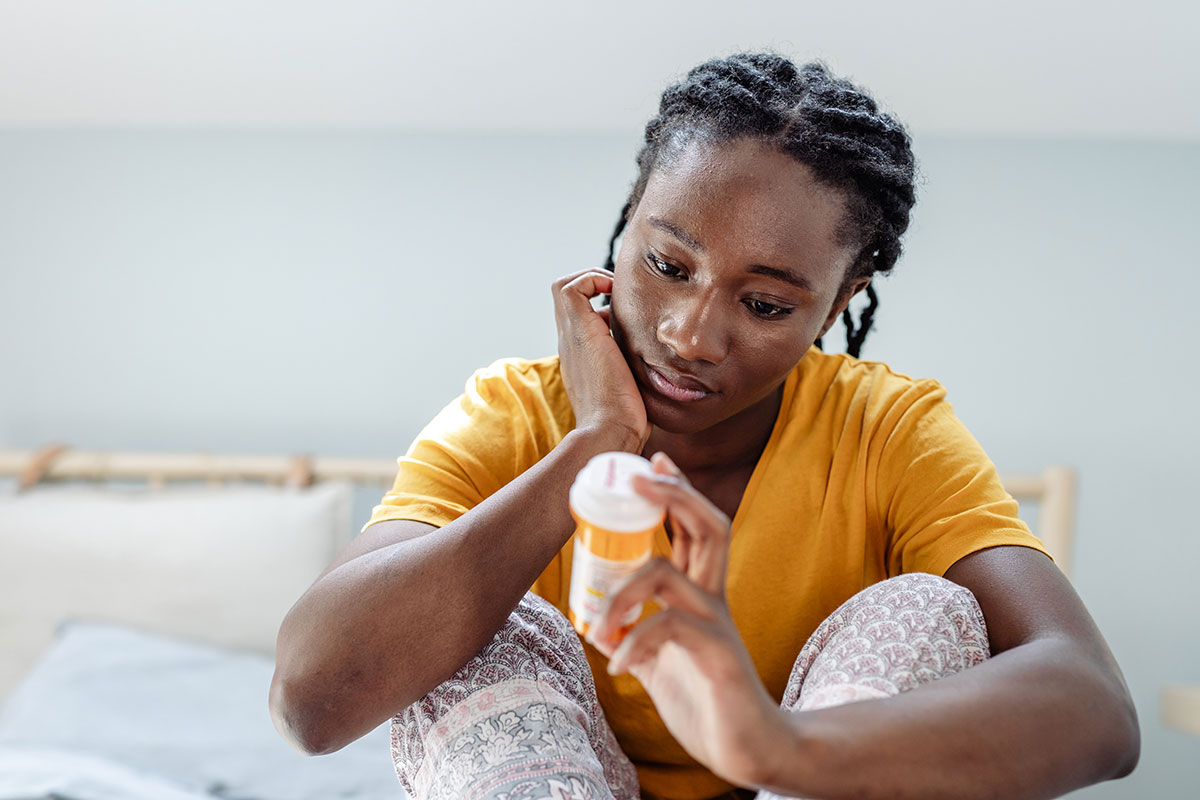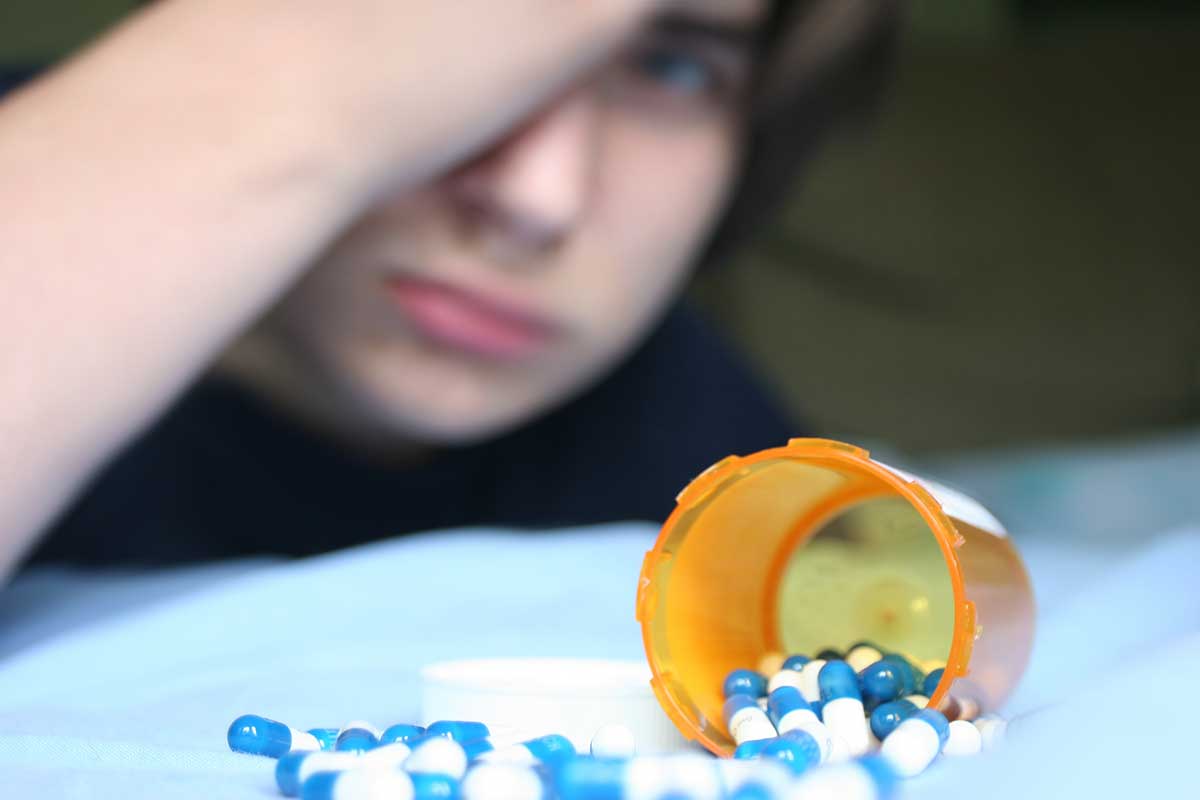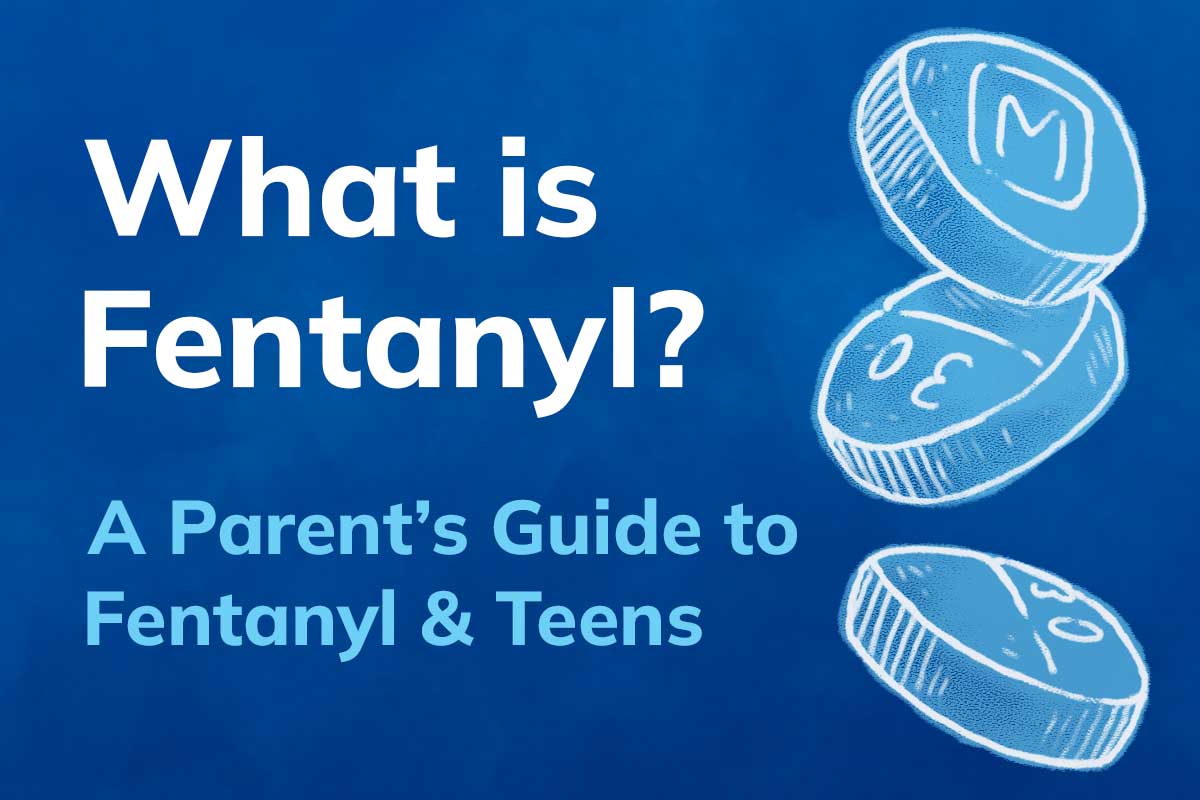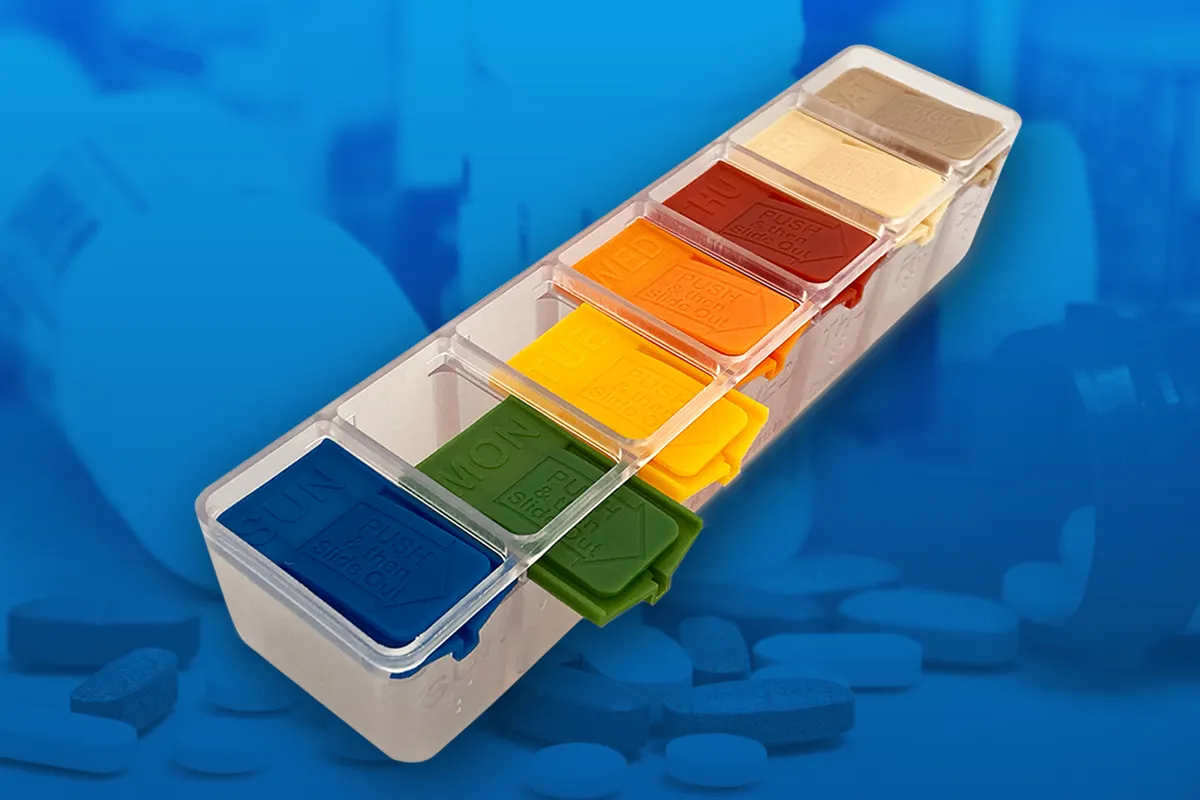Amy Neville’s teenage son, Alex, obtained oxycodone pills from a dealer on a social media app. Alex died after taking a fentanyl-laced counterfeit pill. He was 14 years old.
Alex’s death is not an isolated incident.
Many of these stories share a similar arc. A teen gets counterfeit prescription pills from someone on social media. The pills are laced with fentanyl, and a single pill becomes a fatal catalyst that takes a life and devastates a family.
Fatal drug overdoses increased 540% between 1999 and 2022. The majority of those deaths (76%) involved opioids; of these, illicitly manufactured fentanyl was responsible nearly 90% of the time.
The opioid epidemic continues to rage throughout the United States.
A new investigative survey, Estimates of Illicit Opioid Use in the US, published in JAMA Health Forum in 2025, suggests the opioid/ fentanyl crisis is more pervasive than previously thought.
According to the survey, 11% of US adults reported nonprescription opioid use in the last year, and 7.5% specifically used illicitly manufactured fentanyl.
What is Fentanyl and Why is it Dangerous?
Illicitly manufactured fentanyl (IMF) is a synthetic opioid 50- 100x stronger than morphine. Because it can be manufactured synthetically, fentanyl can be mass-produced at low costs, which has led to widespread illicit manufacturing and distribution.
Nearly all of the IMF trafficked into the US is produced in Mexico, according to US authorities, where it’s made in rural labs or unregulated homes. The fentanyl is mixed with other substances to add bulk and decrease its potency, and then pressed into counterfeit pills or mixed with other illicit drugs such as cocaine and heroin.
The danger in IMF is its extreme potency: a mere two milligrams can be lethal. The DEA has reported that 6 out of 10 counterfeit pills seized contain a potentially lethal dose of fentanyl, and some pills contain up to 4x the lethal amount.
How Common is Opioid and Fentanyl Use?
The new survey suggests that opioid misuse, including fentanyl misuse, is far more prevalent than previously thought.
A 2022 National Survey on Drug Use and Health reported that only 3% of people aged 12 and older self-reported past-year prescription opioid misuse, and only 0.4% of people aged 12 or older self-reported fentanyl misuse.
The new study results show that those previous estimates are vastly underreported.
The 2025 online survey found that 11% of adults self-reported non-prescription opioid use in the last 12 months, and 7.5% self-reported IMF use in that same time period.
The survey suggests chronic heroin use is 16 times greater, and IMF use is 25 times greater, than the 2022 NSDUH rates.
“The findings of this study suggest that illicit opioid use may be more common than previously reported. Although there are trade-offs in how information has been collected in prior surveys relative to this study, our results are consistent with reports indicating substantial underreporting of illicit opioid use in ongoing national surveys,” the authors concluded.
The difference in self-reporting data may come from a reluctance to self-report in person—the NSDUH survey relies on in-person interviews, whereas the 2025 survey was conducted online.
Prescription Opioids Remain Gateway to Illicit Opioid Use
In high school, Tele was a popular athlete who got good grades. He and his friends began experimenting with prescription opioids. Tele quickly got addicted to the “numbing effect” of the medications. His misuse progressed to heroin use by his senior year. Tele was lucky enough to survive a car crash and an arrest for driving under the influence and went on to get treatment for his substance use disorder.
Others have similar stories with more tragic endings. Starting with a prescription opioid, many users turn to illicit opioids such as heroin or fentanyl, and the result is often a fatal overdose.
Prescription opioids, whether prescribed or pilfered from a friend or family member, are often the entry point for illicit opioid use.
In general, only ¼ of illicit opioid and IMF users started using illicit street opioids. Most reported a prescription opioid (theirs or someone else’s) as their initial gateway into opioid use.
Among illicit opioid users, 39% report first using a legitimate opioid prescription, and 36% first used someone else’s prescription.
Even among self-reported IMF users, 40% began with their own opioid prescriptions, and 33% began with diverted opioid prescriptions.
How to Prevent Opioid Diversion in Your Home
If you have prescription medications such as opioid painkillers, benzodiazepines, or stimulants like ADHD medications, preventing diversion can help protect your family and community against the ongoing opioid epidemic.
75% of opioid misuse starts out with a legitimate prescription.
Over one-third of opioid prescription misusers originally misused someone else’s prescription. This often includes medications prescribed to family members or friends.
Securing your medications can reduce the likelihood of unauthorized access.
Clean out your medicine cabinet
The easiest way to prevent diversion in your home is to get rid of any unwanted, expired, or unneeded prescriptions. If you don’t need the medications, dispose of them safely.
Dispose of unwanted or unneeded meds
Safe medication disposal requires a few extra steps beyond tossing unwanted medications in the trash. Find a medication drop-off location, such as a pharmacy or law enforcement facility.
If you can’t find a drop-off location, use these medication disposal packets to render the medications unusable.
Secure your prescription medications
Secure the prescription medications you keep at home to prevent unauthorized access, pilfering, or experimentation by curious teens.
RxGuardian’s family of medication safekeeping devices utilizes combination locking technology to secure your prescriptions. The Safer Lock secures a single prescription bottle, while the Safer Lock Box, a locking medicine box, and the Rx Locking Bag, a locking medicine pouch, are solutions for securing multiple medications at once.
Explore locking medication solutions.
Talk to your teens
Teens who begin experimenting with prescription medications often do so because they mistakenly believe those drugs to be safer than illicit street drugs. They may not understand how potent, powerful, or potentially addictive opioids can be. Or they may think they are safe because a healthcare professional provides them.
Teens may also not realize how dangerous it can be to get a pill from someone at school or on social media. Helping your teens understand that one pill can kill could help prevent them from shopping for counterfeit pills from social media dealers. Get tips on how to talk to your kids about fentanyl.
Naloxone access and education
If you have prescription opioids in your home, or someone in your home or family has a history of substance misuse, Naloxone access and education could save a life in the event of an opioid overdose. Naloxone may be available at your local pharmacy without a prescription.
This new research reveals, via self-reporting data, that the prevalence of opioid and illicit fentanyl misuse is far greater than previously thought. Official data estimated that 3% of the adult population in the US was misusing opioids, and this new information revealed a 4x greater rate of misuse. Taking action to secure medicines, talking to your teens, and being educated about overdose symptoms and medications are preventative measures that can make a difference in your home, family, and community.



